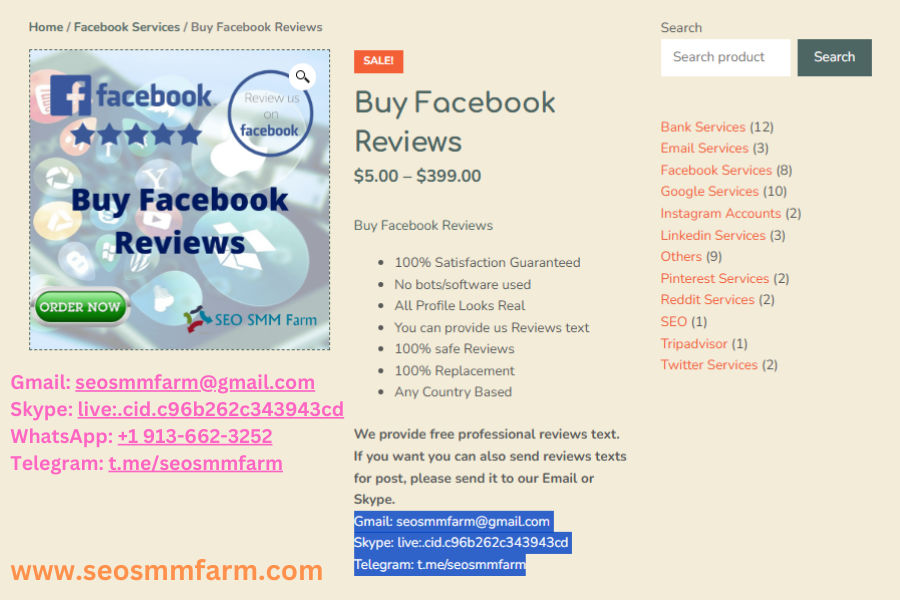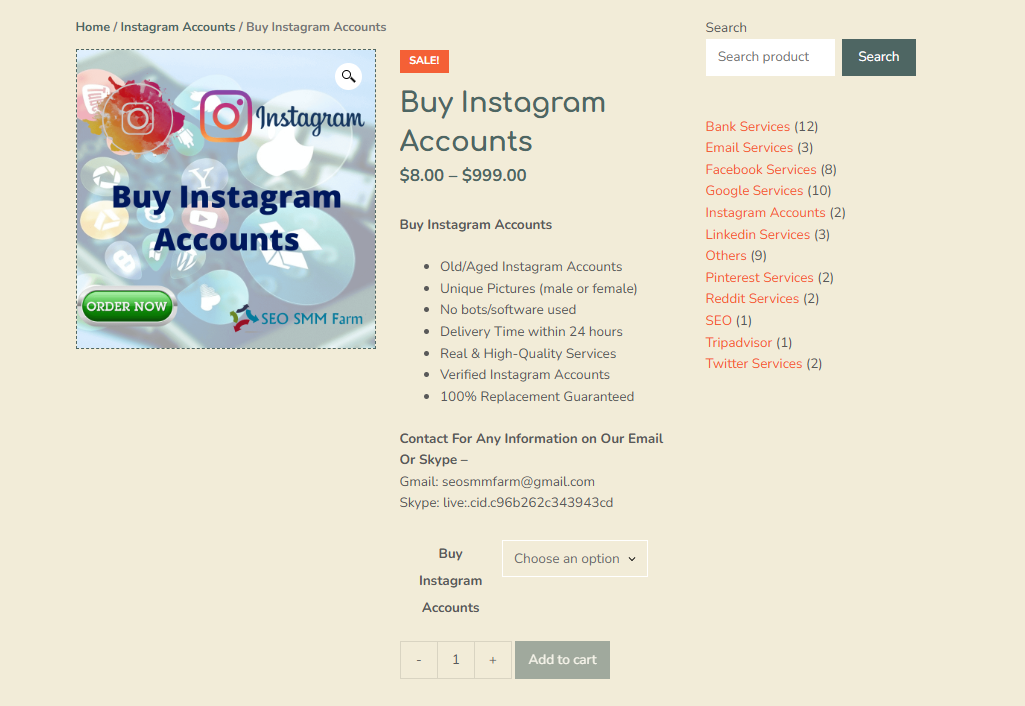Social Media Marketing: Choosing the Right Platforms for Your Brand

Strong 8k brings an ultra-HD IPTV experience to your living room and your pocket.
In today’s digital age, social media is one of the most powerful tools available for brands looking to reach and engage their audience. However, with so many platforms to choose from, deciding where to focus your efforts can be a challenge. Whether you're a small business owner, a marketer, or a content creator, choosing the right social media platforms for your brand is essential for maximizing your reach and achieving your goals.
In this article, we'll explore the key factors to consider when selecting social media platforms and offer tips for aligning your strategy with the platforms that will best serve your brand.
Why Choosing the Right Social Media Platform Matters
With billions of active users across various social media platforms, it’s tempting to spread yourself thin by trying to be active everywhere. However, each social media platform has its own unique features, audience demographics, and content preferences. By focusing your efforts on the platforms that align with your brand’s goals and target audience, you can achieve better engagement, higher ROI, and more meaningful connections with your followers.
Step 1: Identify Your Goals
The first step in choosing the right social media platform is defining your goals. What do you want to achieve with your social media marketing efforts? Some common social media goals include:
Brand awareness: You want to increase your visibility and get your brand in front of more people.
Lead generation: You’re looking to collect leads or sign-ups for your product or service.
Customer engagement: You want to foster a community around your brand by interacting with followers.
Sales: Your goal is to drive traffic to your website or online store and increase sales.
Content distribution: You aim to share valuable information, articles, or thought leadership to establish your brand as an authority.
Your goals will influence which platform(s) you should focus on. For instance, if your goal is to generate leads, LinkedIn might be a great choice for B2B marketing, whereas Instagram could be better for visual branding and customer engagement.
Step 2: Know Your Target Audience
Each social media platform has a different user base, and understanding who your target audience is will help you select the platforms that best align with their preferences and behaviors. Here’s a brief overview of the demographics and strengths of the most popular platforms:
Demographics: With over 2.8 billion monthly active users, Facebook appeals to a broad age range, with a significant portion of users between the ages of 25 and 54.
Best for: Brand awareness, community building, and paid advertising.
Content type: Text, images, videos, events, and long-form content.
Why use it: Facebook's targeting capabilities for ads are highly advanced, making it an excellent platform for businesses aiming to engage with a wide audience or drive sales.
Demographics: Popular with younger users, Instagram is most used by people aged 18–34, making it ideal for brands targeting Gen Z and millennials.
Best for: Visual branding, storytelling, and influencer marketing.
Content type: High-quality images, short videos, Stories, and Reels.
Why use it: Instagram is perfect for businesses that want to showcase their products or services visually, engage with users through stories, and run targeted ad campaigns.
Demographics: Twitter has a broad user base but is especially popular among users aged 18–49.
Best for: Real-time engagement, customer service, and sharing news.
Content type: Short text-based posts, images, and links.
Why use it: Twitter is great for staying on top of current events, trending topics, and having quick, direct conversations with your audience.
Demographics: LinkedIn is the leading professional network, with a user base primarily consisting of professionals aged 25–54.
Best for: B2B marketing, thought leadership, and professional networking.
Content type: Articles, thought pieces, professional updates, and company news.
Why use it: LinkedIn is ideal for businesses that want to engage with other professionals or target decision-makers in specific industries.
TikTok
Demographics: TikTok has exploded in popularity, especially among Gen Z, with users predominantly aged 16–24.
Best for: Viral content, creativity, and building brand awareness among younger audiences.
Content type: Short-form, creative videos that are often fun and engaging.
Why use it: TikTok is excellent for businesses looking to create authentic, viral content and reach a younger demographic in a creative way.
Demographics: Pinterest is primarily used by women (around 60%), and the majority of its users are aged 18–49.
Best for: Visual inspiration, product discovery, and e-commerce.
Content type: Images, infographics, videos, and links to external content.
Why use it: Pinterest is great for businesses in industries like fashion, home decor, food, and beauty, as users often browse for inspiration and are willing to click through to websites for more information.
YouTube
Demographics: YouTube reaches a wide audience across all age groups, with a particularly strong presence among people aged 18–49.
Best for: Long-form content, tutorials, and brand storytelling.
Content type: Videos, live streams, and educational content.
Why use it: If your brand can produce high-quality video content, YouTube is an excellent platform for building brand authority, increasing engagement, and driving traffic.
Step 3: Consider Your Content Type
The type of content you create also plays a critical role in choosing the right platform. Certain types of content perform better on specific platforms:
Images: Instagram, Pinterest, and Facebook are ideal for visual content.
Videos: TikTok, Instagram, YouTube, and Facebook are great for video-based content.
Text-based posts: Twitter and LinkedIn work best for text-driven content and updates.
Long-form content: LinkedIn and Facebook are better for articles and thought leadership pieces.
Understanding which platforms align with your content style will help you decide where to put most of your energy.
Step 4: Evaluate Your Resources and Time
Managing multiple social media platforms requires time, effort, and resources. If you’re a small business or a solo entrepreneur, it might be best to start with one or two platforms rather than trying to be active on all of them. Consider factors like the time it takes to create content, engage with your audience, and run ads on each platform.
You can always scale up as you gain more resources or as your brand grows. Quality always trumps quantity, so it’s better to have a solid presence on one or two platforms than to spread yourself too thin.
Step 5: Test and Adjust
Social media is constantly evolving, and user preferences change over time. It’s important to regularly assess the effectiveness of your social media efforts. Track key metrics like engagement, traffic, and conversions, and adjust your strategy based on what works best for your audience. Don’t be afraid to experiment with new platforms, content types, or approaches as your brand grows.
Conclusion
Choosing the right social media platforms for your brand can make all the difference in your digital marketing strategy. By defining your goals, understanding your audience, evaluating your resources, and tailoring your content to fit each platform, you can maximize your brand’s visibility and engagement.
Start by focusing on the platforms where your target audience is most active, and be prepared to adjust your strategy as needed. With the right platforms, your brand can effectively connect with your audience, build relationships, and achieve your marketing objectives.
Note: IndiBlogHub features both user-submitted and editorial content. We do not verify third-party contributions. Read our Disclaimer and Privacy Policyfor details.



